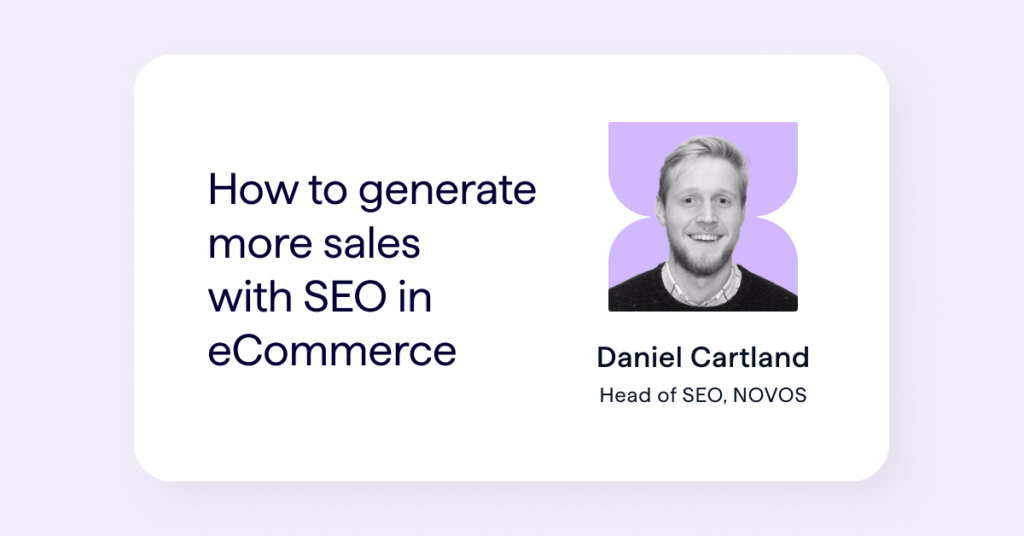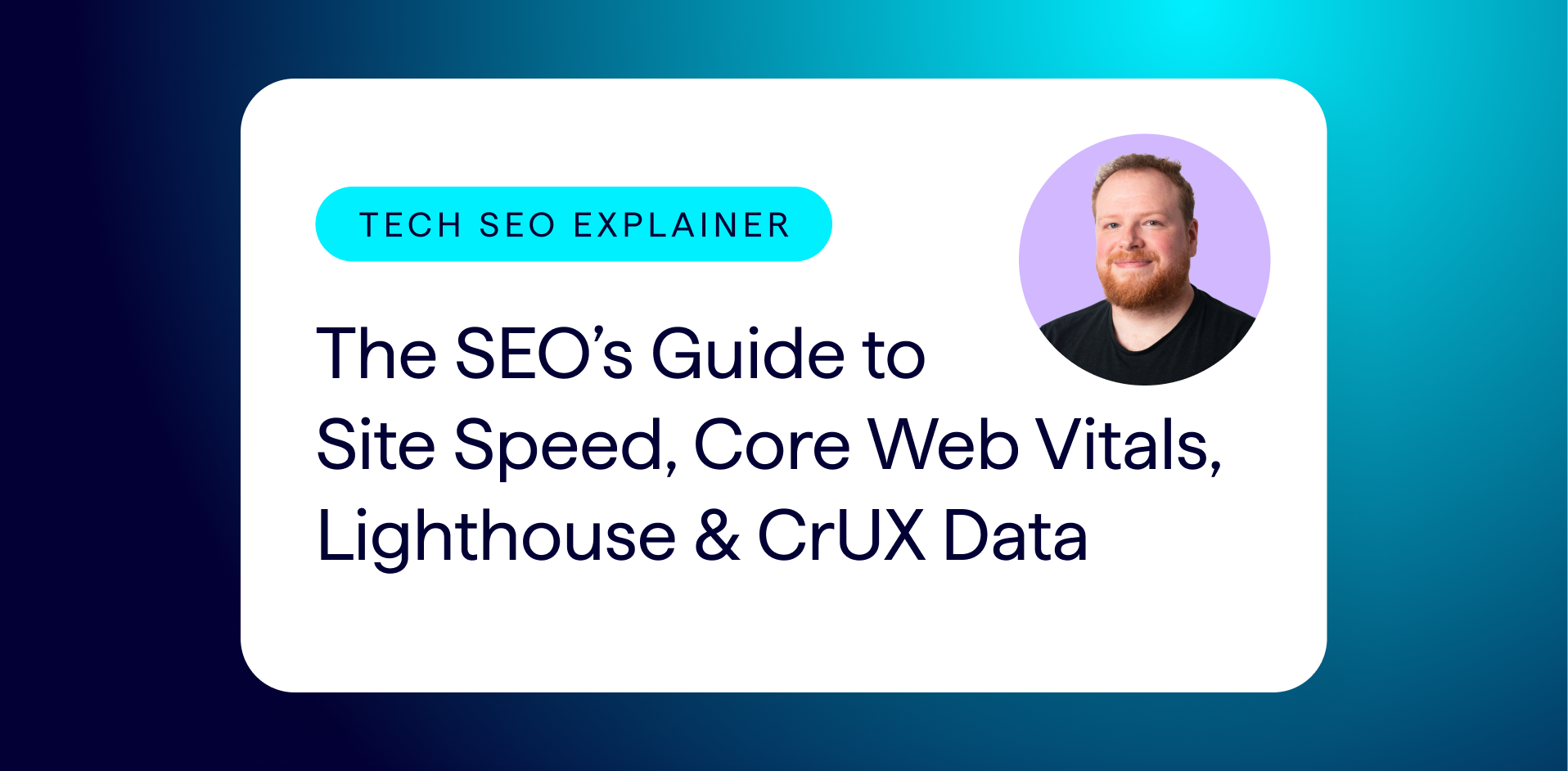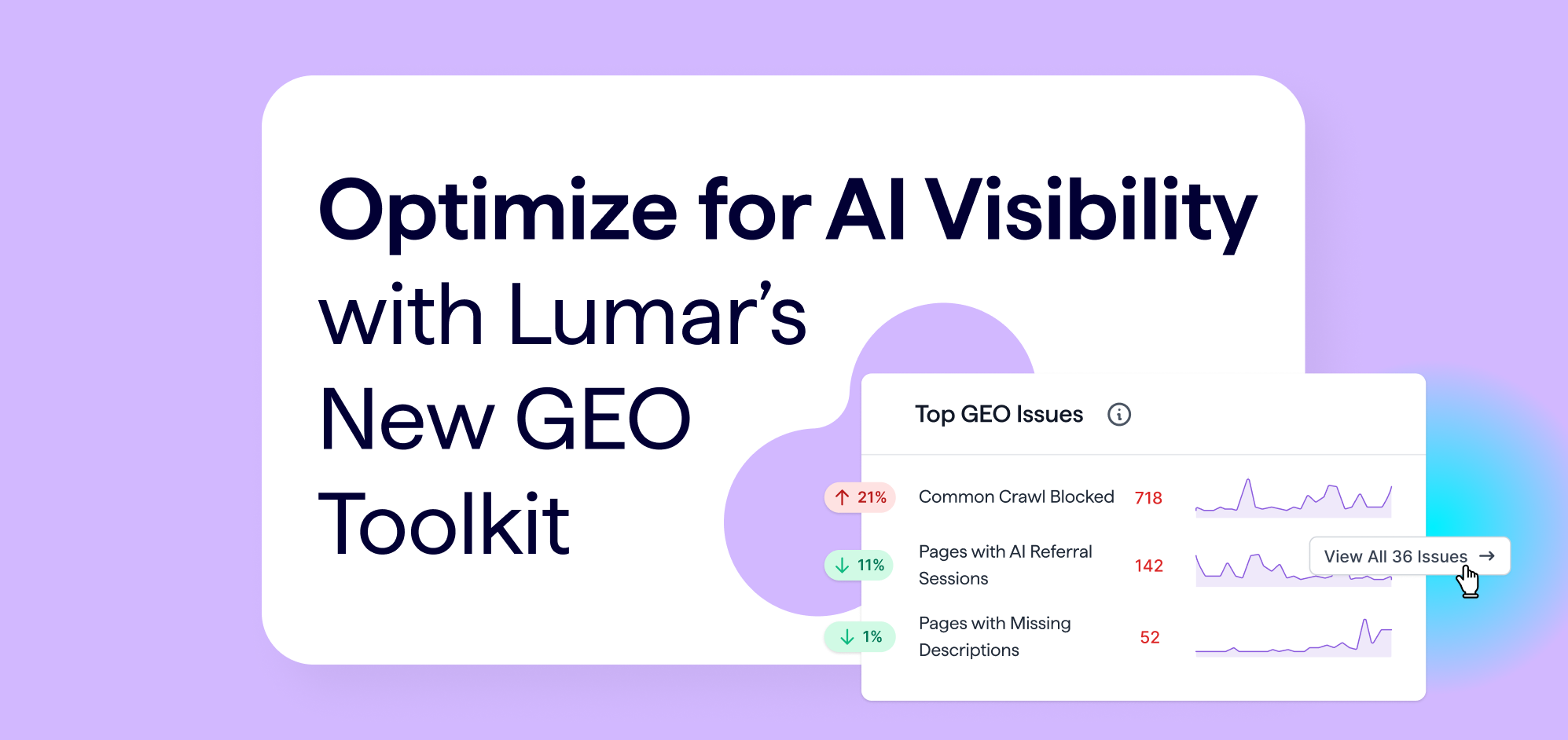For eCommerce websites, SEO isn’t just about generating more visitors. To make organic search a viable channel, an SEO strategy has to result in sales and generate revenue. In this article we look at the role SEO can play in generating more sales (and more revenue) for your eCommerce store.
Target every step of the customer journey
There are several stages that a person may go through before they decide on purchasing a product and even beyond. From having a want/need, to understanding that a product is available to help fulfil that need, through to researching options, purchasing, and follow-up questions that they may have post-purchase.
An example of how the customer journey might look for a garden shed can be seen below:

Most eCommerce sites focus on the “Conversion” stage of the customer journey – they have information about the products they sell on product pages and give a general understanding of what type of products they sell with category pages. However, this is where it ends for the majority of eCom sites.
This approach means that a site may be missing out on multiple opportunities to get in front of a customer and pique their interest in their brand and product offering.
There is also a huge range of information a site may be missing that a customer wants, so even if a person visits the site, they are less likely to purchase, as they may want more information.
What’s more, the additional information provided around core product offerings can help to indicate a high topical relevance, thereby indirectly helping your core pages to rank more competitively. A win all around!
Therefore to generate more sales, your eCommerce site should focus on answering the customer journey at every stage as this allows your site to:
- Reach more people
- Give visitors all the information they need and are more likely to purchase
- Provide a good experience post-conversion making customers more likely to return and repeat purchases.
Don’t forget brand – find what people are searching for your brand
SEO normally focuses on increasing non-brand reach; as this is generally where to find new customers and therefore where the most opportunity lies. However, branded search should not be neglected as this can be a quick win in terms of ranking and a big boost to generate more sales since:
- Customers are already aware of your brand and require more information, therefore are likely to much closer to purchasing.
- If the correct targeting is put in place it is likely that your site will rank very competitively, because it is specifically about your brand and so highly relevant.
For example, if there are lots of searches for “[brand] size guide” but you don’t have a size guide – immediately you know that this is a priority area for you to create and ensure you are reaching customers that want information about your brand.
Brand promo codes
A common area is for promotion codes, with lots of searches similar to “[brand] discount code”. This is an area highlighted as a common area for drop-offs from the checkout process if there is an area for submitting one.
Instead of disrupting the purchase process for customers to jump onto other sites to try and find promo codes, why not host these on your own site and keep your customers on your site!
Take the “negative” with the positive
A website we work with has a lot of searches for “[brand] side effects” which initially they were skeptical to target due to the negative connotations associated with the search. However, this was a key stage of the customer journey and was important to be visible to own the narrative and ensure that any potential customers got the correct information from the most reliable possible source – the site itself.
Having created a “side effects” page – this is now one of the most visited pages on the site, and one that leads to the most sales. Open, honest discussion for a reputable and reliable brand should not be shied away from and can lead to sales!
However, examples like this should be reviewed on a case-by-case basis and it should go without saying that honesty is always the best policy.
Identify your brand & product USPs to increase reach
Discussing your brands unique selling points clearly on your website can increase your relevance towards a highly-relevant and engaged audience, as well promoting your brand values at the same time.
For example, if all your products are sustainably sourced, this opens up your relevance to customers searching specifically for sustainable products. More examples of areas with specific interest include the following:
- Sustainable
- Vegan
- Cruelty free
- Organic
- Free-from
- Local/locally sourced
- Plastic free
- Reusable
It’s important to discuss these on your site, whether that’s creating a page that discusses your approach, including a section about USPs on product pages, optimising page titles for related terms, or a mix of the above.
This increases sales in two ways; firstly it allows you to reach more people that are searching for specific, relevant terms and secondly it allows you to signpost your USPs for visitors already on your site, increasing the likelihood of those people purchasing.
Finding the right level of targeting in your eCom site structure
Ensuring that your eCommerce store targets the right level of detail with category and product pages is vital to being visible to your customers. However, it is a fine balance – target too specifically and your website becomes bloated for search engines and hard to use for customers which can lead to poor rankings and fewer sales.
However, if you get the level of targeting right, it’s easy for search engines to understand your site and which pages should be returned for which search query, leading to better rankings. Coupled with this, your site will be easy to navigate for customers and they will reach a location relevant to their search direct from the search results. Intercepting customers with a relevant page at a key part of their customer journey can make them more likely to convert and lead to increased sales.
For example, if your website sells garden sheds, you may want specific categories targeted towards common shed sizes, as this is how people search and searches return relevant results.
- 8×10 sheds
- 6×4 sheds
- 6×8 sheds etc.
The level of targeting will be different depending on your niche and what you sell. For example, most clothing sites probably wouldn’t want to target size, as this generally isn’t how people search, specifically at a category level, but they may want to target colour, or material.
One of the main tactics within our SEO strategies as an eCommerce SEO agency at NOVOS is to find the correct level of targeting for different areas of a site.
Internally link guides & blogs to transactional pages
One of the main reasons that blog content that targets earlier stages of the customer journey is not created is that it has less tangible value, as it is likely to have lower conversion rates than category, product, and certain informational pages.
However, as discussed above, this content can have all sorts of additional advantages. The key thing to ensure is that transactional pages are clearly signposted from relevant guides & blogs created.
This means that their SEO value & relevance is clearly seen by search engines via internal linking, but also means that customers can readily navigate to pages more aligned with a purchase-intent if their initial search intent has been answered by the post.
Match your pages to customers search intent
Ensuring the different pages on your eCommerce websites answer the intent behind a search will help to ensure customers receive what they are looking for. Satisfying the intent behind a search, is therefore more likely to result in happy visitors and lead to more sales.
Finding mismatched intent
High bounce rates
High bounce rates can suggest that a page is not sufficiently answering the intent behind a given search. This can give an indication that different information could be presented to align the intent of the page with what customers are expecting.
However, it’s worth keeping in mind that bounce rates can be significantly different between different page types, and a high bounce rate may not always indicate a misaligned page, so should be taken into consideration alongside other factors. For example, a category page with a high bounce rate, but also a lot of conversions could also indicate that the page ranks for a generic keyword which doesn’t interest everyone, but does cater for a lot of people that go on to make a purchase.
Mismatched rankings
Using a platform such as Google Search Console to review which pages are ranking for searches with clear intent (ie purchase intent keywords such as “buy” or “purchase” etc, or consideration intent keywords such as “best”, “cheapest” etc) can highlight if there is a mismatch between the intent of the keyword and the page you have ranking.
Utilize trust factors to encourage purchase
Onsite trust factors can play an important role in encouraging customers to purchase once they land on your site (and even before they land on your site).
Including customer reviews on your product pages gives you the opportunity to provide proof about how great your product is and can help to convince visitors that a purchase is a good idea. Similarly, a lack of product reviews (or poor product reviews) can be a decisive factor in a missed purchase opportunity.
Product reviews are a huge element of trust (highlighted by Google in their search quality raters guidelines), particularly a large number of positive reviews from an independent third party platform.
Not only can these give you a benefit in the search engine results, by marking them up with AggregateRating schema, you may also be able to benefit from review stars in the search results which can potentially make you stand out against your competitors and increase your Click Through Rate (CTR).

Which result would you click on? Ratings in the search results may increase click through rates, if positive enough.
To take things a step further, once you have a wide range of reviews, you can analyse them to see the key features that people call out. For the positive features, make sure to include these on your product pages as they are likely to be key features that customers look for before purchasing.
CTAs to increase CTRs
Utilising Call to Actions (CTAs) in page titles and/or meta descriptions can increase Click Through Rates (CTRs) from the search engine results, meaning that more people searching will click onto your website.
There is no one size fits all approach to call-to-actions so it’s important to test what works for your site and what could make potential visitors choose your site over competitors. Potential areas of investigation include highlighting product USPs (discussed above), free delivery information, or fast delivery times, and ongoing sales (including time remaining in sales).
A great way of identifying which pages to test the impact of click through rates is by using something like Google Search Console to find “opportunity pages” that have a high number of impressions, with a low number of clicks.
Want to learn more about eCommerce SEO? Check out our guide to the 8 Common SEO Issues Facing eCommerce sites





